
Home staging tips are a realtor’s best friend and for a good reason. Cleaning and decluttering will go a long way when you’re selling a house, but it’s not the only thing you should be doing to increase buyer appeal.
Staging a home the right way will maximize your profit potential and can even make your house sell faster. If you’re short on time, there are companies out there that will guarantee to sell your home more quickly with home staging.
However, you don’t need to hire a professional to see a return on your investment. We will show you how to stage a house for a quick sale even when you’re on a tight budget.
Try out some of these thorough and expert-guided home staging tips to stage a house for a quick sale. Each tip will appeal to homebuyers with a variety of tastes and preferences.
1. Highlight the home’s best features.
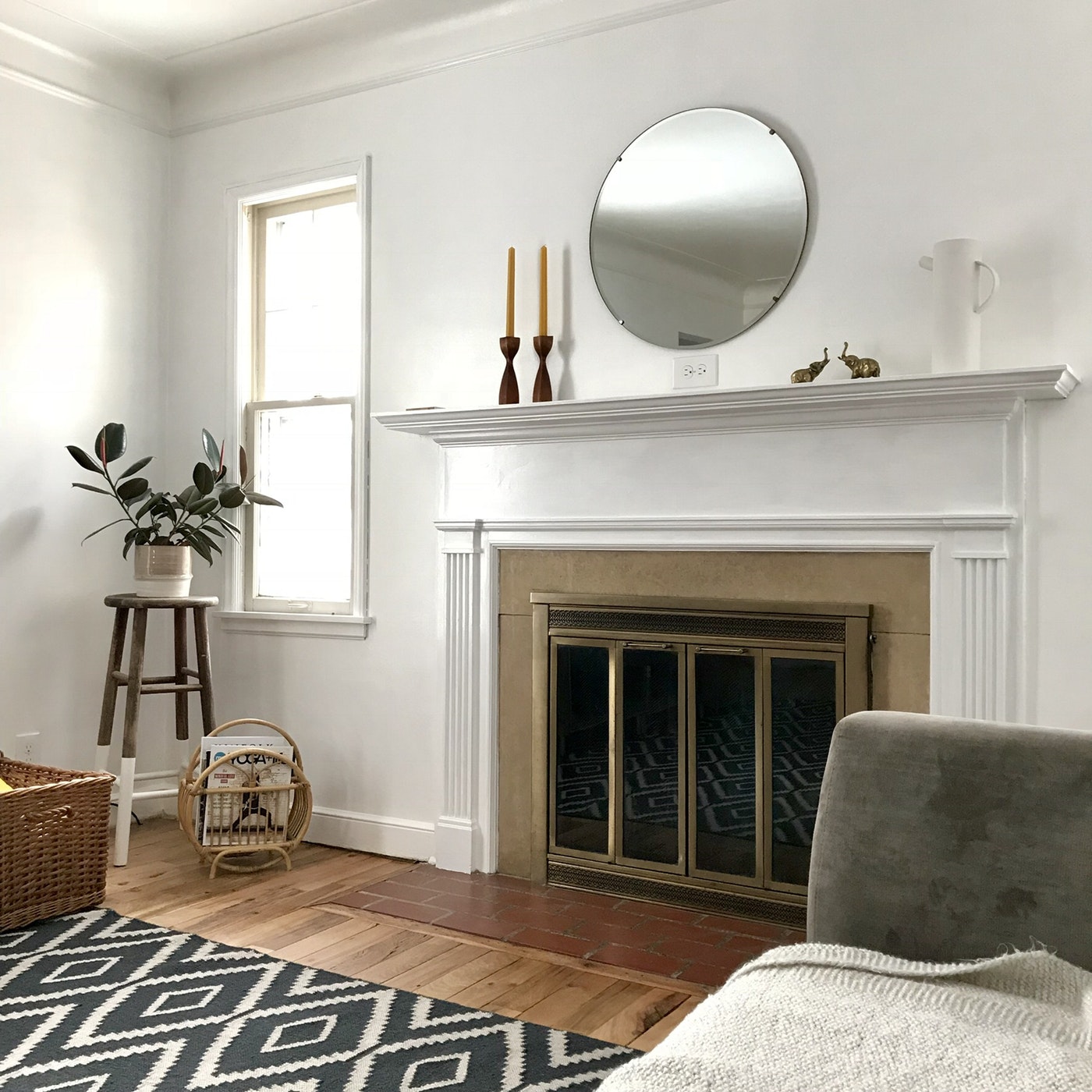
An essential part of selling a home is displaying what sets your home apart from the rest. For instance, if your home has a fireplace, arrange the furniture to make it a focal point. If your home has a pool or spa, stage the area with neutral patio furniture, so you don’t detract from the water feature.
You want your house to tell a story when the buyer is walking through, and careful staging will help you guide the buyer’s eye to any feature you want to show off.
2. Declutter and remove any trash.
Ensure all trash cans are empty, and the toilet lids are down. Remove all clutter from living areas and consider using mild air fresheners throughout your home, especially near pet areas and bathrooms.
To make storage space seem ample, make sure your closets aren’t overflowing with belongings. Let’s face it: buyers will look inside. Consider removing half the clothes from the closets and storing them elsewhere for the time being.
Read Also: 21 Important Things to Do Before Selling Your Home
3. Remove all personal items.
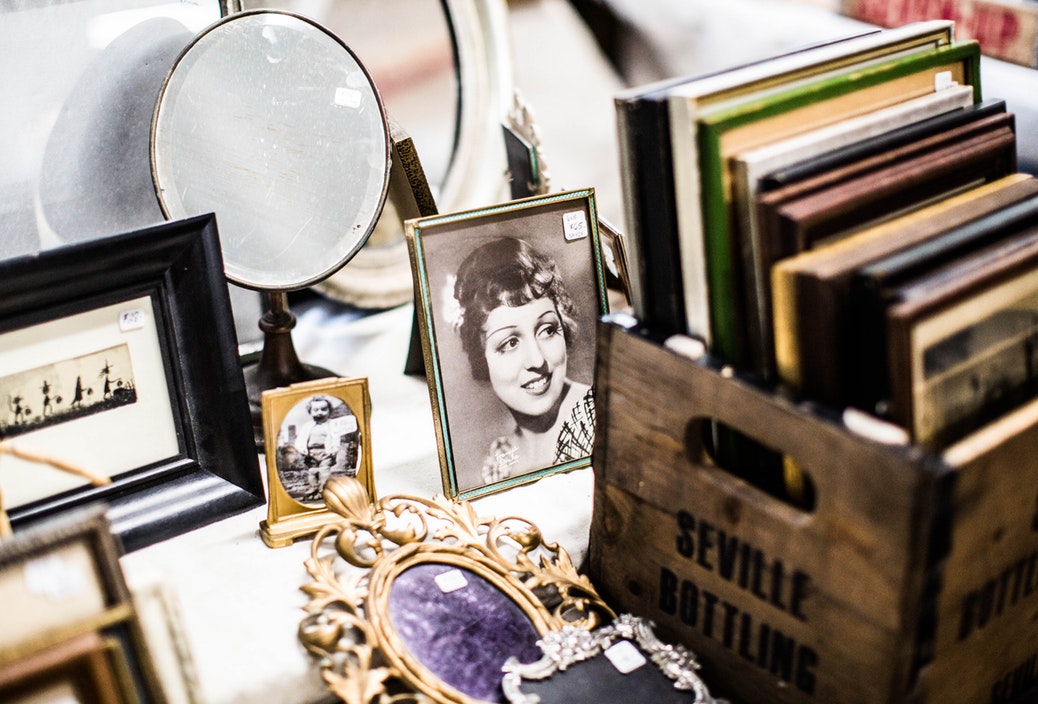
Before putting your home on the market and inviting buyers into your space, it’s essential that you remove personal collections, sports memorabilia, family photos, and other personal knick-knacks. Doing so helps potential homebuyers envision themselves in the space.
The fewer things there are to distract potential buyers, the more likely they are to focus on what the home has to offer.
4. Use white towels in the bathroom.
When it comes to your bathroom, your first step should be simplification: give the area a careful, thorough cleaning and remove all of your clutter and cleaning products.
To give your bathroom the luxurious spa-like atmosphere that potential buyers are looking for, add white bath towels. To add a touch of elegance, roll your towels and place them in a woven basket.
Complete the look with a matching white hand towel and washcloths.
5. Change out the cabinet hardware.

Sometimes a large-scale kitchen remodel doesn’t make sense for resale. Most cabinets range from $500 to $1,500 per box, and if your home has an average-size kitchen with 30 cabinets, you’re looking at a $15,000 to $45,000 investment.
If you don’t want to spring for a full cabinet remodel, but still want to make an impactful change, give your hardware an update. New handles can make your entire kitchen look brand new while also adding a new color, finish, shape, and function.
And speaking of your cabinets–this is an area that’s going to be thoroughly inspected by your visitors. Before any potential buyers come to visit, make sure your cabinets aren’t overflowing with clutter.
6. Keep the kitchens and baths as clean as possible.
This home staging tip might seem obvious, but it can’t be overstated enough. Clean kitchens and baths sell houses. Bathrooms and kitchens influence potential buyers the most, so ensuring these spaces are clean is crucial.
Use paper plates, cups, and utensils to cut back on dirty dishes the day of an open house. Clearing the kitchen and bathroom counters of appliances and styling tools are also recommended.
7. Make the bed with white bedding.
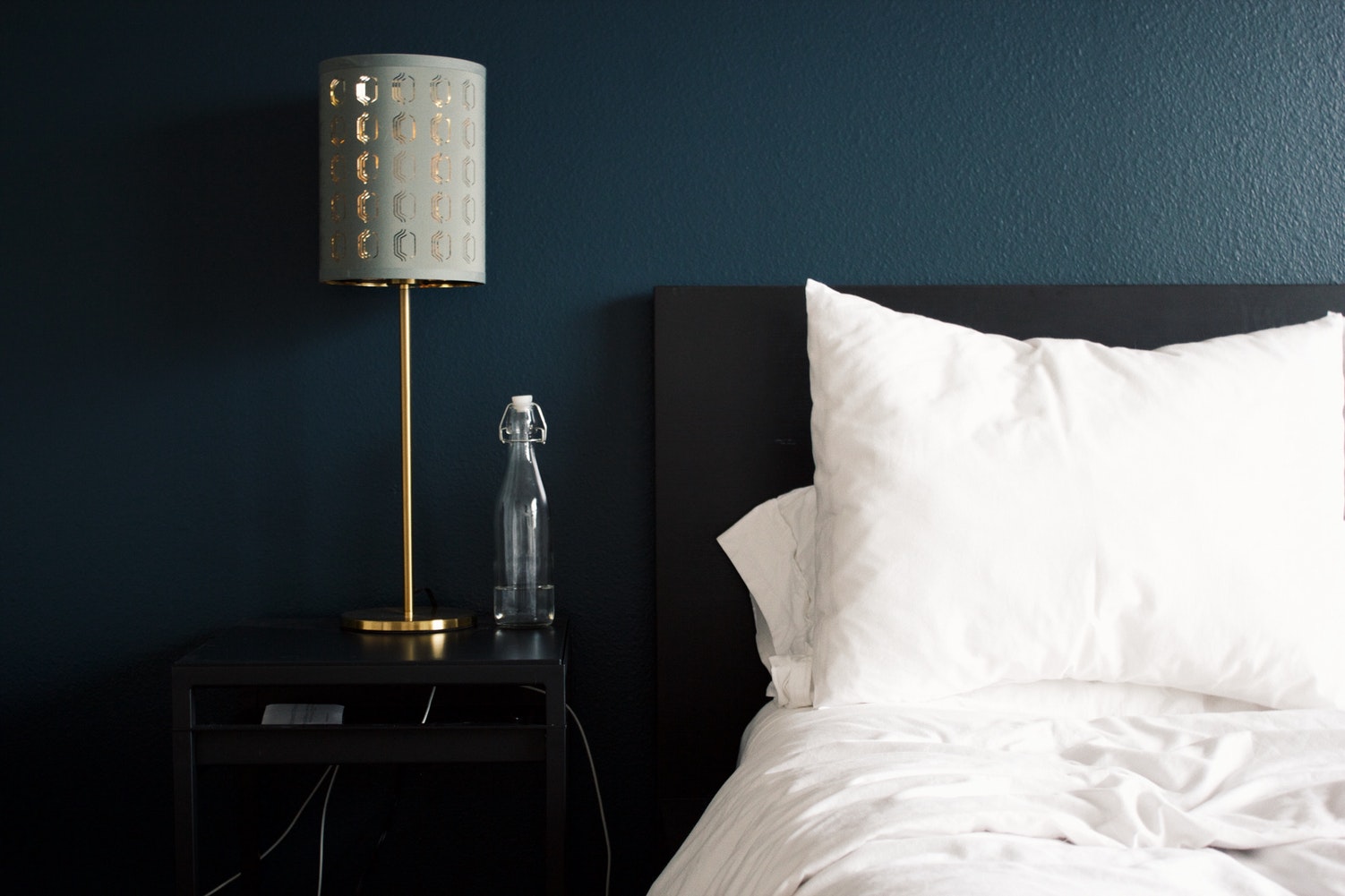
Your bed is the focal point of your master bedroom, which is why it’s one of the most critical items to consider updating when preparing your home for viewings.
If your current bedding is less-than-show quality, staging expert Julea Joseph from Reinventing Space recommends purchasing a new duvet set to give it a quick renovation.
To give your bed a new life, slip a white duvet cover over your comforter. White bedding reflects the peaceful ambiance needed to showcase the master bedroom, plus it’ll photograph well for online listings.
8. Hang a set of drapes.
Don’t leave windows bare or with cheap blinds. Drapes, when hung high and wide, will make your windows look much more substantial than if you use an alternative. They also have the power to set the tone of a room.
Since your eyes are drawn to drapes, it’s important to select a set that emphasizes the room’s color scheme.
Consider these curtain types:
- Casual. For high-traffic areas, like the living room or the kitchen, hovering drapes are a practical option. This style gives just a finger space between the floor and the curtain, leaving the hem clean and dust-free.
- Tailored. To get a stylish, classic look, opt for drapes that have a slight break or fold above the hem–a sign of a custom design. An extra half inch will do the trick.
- Formal. Puddling your drapes, or letting the hem fall in excess onto the ground, reveals a dramatic atmosphere (perfect for some dining rooms). The longer the overflow, the more dramatic the room will look. This option has to be adjusted often since the fabric may move out of place.
Bonus Home Staging Tip: If your drapes (or carpets) need a quick pick me up, rent a steam cleaner for a day instead of investing in a professional service (which sets you back an average of $51 per room. A rental will still leave your home looking rejuvenated–and only cost around $35 per day.
9. Let in as much natural light as possible.
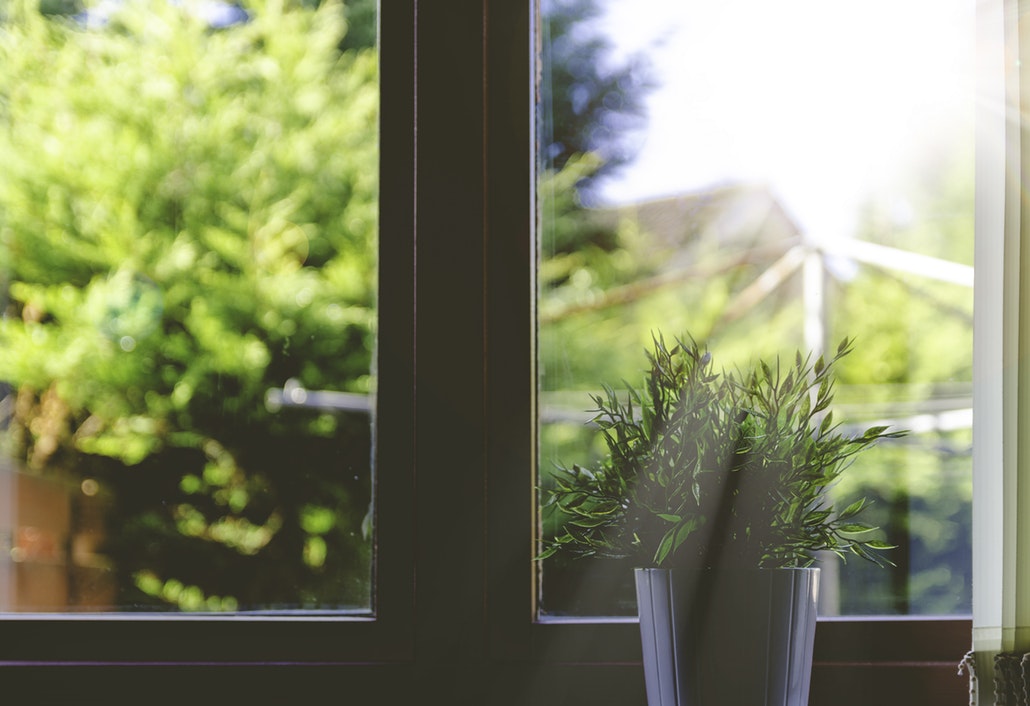
One of the most impactful (and free) home staging tips is to maximize natural light by opening curtains and shades. In small spaces, use a mirror to reflect light and make the area appear larger or paint the walls a lighter color.
If weather permits, open windows to let in the fresh air – a bonus since it can remove your scent, which can further distract some buyers. Lastly, turn on all the lights, so the house appears bigger and brighter.
10. Decorate in a neutral style.
Understanding how to stage a house starts with de-personalization. To start, take down family collections and photographs. Taking yourself out of the picture, literally, will make it easier for your buyers to imagine themselves in your space.
In their place, hang some simple wall art and add neutral decor accents like throw pillows. These items will fill your space and also act as a focal point for your room, which is much better than leaving the walls and sofas empty.
How to choose artwork and decor:
- Likeability. You wouldn’t want to offend anyone who visits your home, so choose images that appeal to a broad audience (such as landscapes or flowers) instead of more personal ones (like religion or politics).
- Size. Art that is too large will make a room look crowded, and pieces that are too small will get lost. As a general rule of thumb, select a piece that is 75 percent of your furniture’s space if it’s going to be hung above furniture. If it’s going to be hung above the fireplace, it should be close to the size of your fireplace opening.
- Color. The colors in your home should be cohesive, so pick a piece of art that compliments your other accent items (pillows, rugs, vases, etc.).
- Arrangement. Before nailing art on the wall, lay each one out on the floor to see how you want everything to be arranged. Once you have an idea, trace each piece on a brown paper bag and tape it to the wall to decipher where you need to install nails.
- Throw pillows. Decorative throw pillows can instantly change the feel of a room by transforming an old or boring piece of furniture. Adding a few to your couch, chair, or bed will add a dramatic effect while also allowing the pieces to pop in listing photos.
- Neutral tones. As you choose accents, it’s smart to go for warm neutral tones. For example, you can mix solid and patterned gray pillows to complement an older gray couch. Since throw pillows are pretty inexpensive, they can be traded out every few months to achieve the perfect in-season look.
Bonus Home Staging Tip: Don’t let extra pieces of furniture clutter your area since this can make it appear smaller than it is. As an event planner and interior designer Eric Sowers says, the room should do the talking–not the furniture. Eric recommends renting an affordable storage unit to keep your other (or outdated) furniture safe and out of the way when you’re showing your house.
11. Update the landscaping with fresh mulch.

When it comes to enhancing your landscape’s curb appeal, you have to go beyond the usual tree trimming and weed removal. A great way to catch a buyer’s eye? A fresh batch of mulch.
Applying a new layer in all of your garden beds will control and kill your weeds while also giving your landscaping a modern pop of color and enhance surrounding plants.
Keep some of these outdoor home staging tips in mind:
- Thickness. If you’re using fine mulch, a layer of 1 to 2 inches will be sufficient. If you have coarser mulch, it’s better to use 3-4 inches. It’s essential not to use too much of either type since it could stifle your surrounding plants. If your mulch is too deep, it will stimulate root growth in the mulch rather than in the ground–resulting in a shallow root system that is susceptible to cold and drought damage.
- Time of year. Depending on your season, you may need to add extra mulch in the summer (to retain moisture) and in the winter (to insulate from the cold). To determine the best solution for your specific landscaping situation, it’s best to speak with your local gardening expert.
- Quantity. Nothing is more frustrating than buying more of a product than you need, so make sure you are careful with your measurements. Generally, a yard of mulch will cover 300 square feet when spread an inch thick.
12. Paint in neutral colors.
Your home’s walls set the backdrop for your home, which is why 94 percent of real estate agents recommend investing in a fresh coat of paint when clients ask how to stage a house.
Now is the time to (inexpensively) update those out-of-style tones on your walls.
How to pick paint colors:
- Master bedroom. Since you’re trying to appeal to buyers of both sexes, the master bedroom should be stripped of any features that are too gender specific. When picking a new paint color, opt for a neutral tone.
- Living room. If your living room is on the smaller side, painting it the same color as the adjacent room will help the buyer’s eyes roll from one space to the next, making it appear larger. Pick a light color to create the illusion of even more space, since brighter colors reflect the sunlight.
- Bathroom. To create a bright, relaxing atmosphere, opt for light colors such as white, cream, and light gray in your bathroom.
Read Also: Home Painting Ideas That Will Immediately Improve Your Space
13. Stage the dining room.

Give prospective buyers a glimpse of what their hosting experience could look like by setting up your dining room table. And it doesn’t have to be anything extravagant.
How to stage a dining table:
- Color. Pick one color scheme and stick to it. It’s best to use a solid color for plates and neutral tones for placemats and napkins. Avoid using tablecloths, since they can cheapen the look of your room and make it look like you have something to hide.
- Spacing. If you have removable table leaves and extra chairs, it’s best to store them somewhere else. This will allow you to have more space to walk around the table, making the room appear more spacious.
- Design. If you choose to add decorative items, such as bowls and candles, it’s best to group them in odd numbers. If choosing one large centerpiece, make sure it is seasonal and scaled to the size of your table.
14. Give the illusion of space with wall mirrors.
If you have a home with a hallway or space that lacks natural light, add a few wall mirrors. Not only do mirrors help bounce light around in dark rooms, but they make areas appear larger.
Some mirror tips to consider:
- Size. The size of your wall will make a significant impact on selecting the right mirror. If you’re looking to spruce up a larger wall (living, dining room or master bedroom), choose an extra large mirror between 25 and 31 inches on each side. If hanging in a smaller room as an accent piece, you can go as little as 10 inches on each side. To determine the best fit, measure your walls before making any purchases.
- Shape. Square or rectangular mirrors offer a traditional look while circular or oval mirrors will give a simple but striking appeal. Avoid funky shapes, like triangles and starbursts, which may not appeal to everyone.
- Style. To provide a sleek, simplified look, choose a simple wooden, metal, or plastic frame. For a more formal, dramatic look, opt for a mirror with an ornate, gilded frame to serve as a strong focal point. Again, it’s best to stay simple here and avoid frames that are too unique (like mosaic styles and bright tiles).
If you want to create an even bigger effect, place a mirror (or a collage of mirrors) across from a window, allowing them to pull in more light from the sun.
15. Take care of necessary household maintenance.
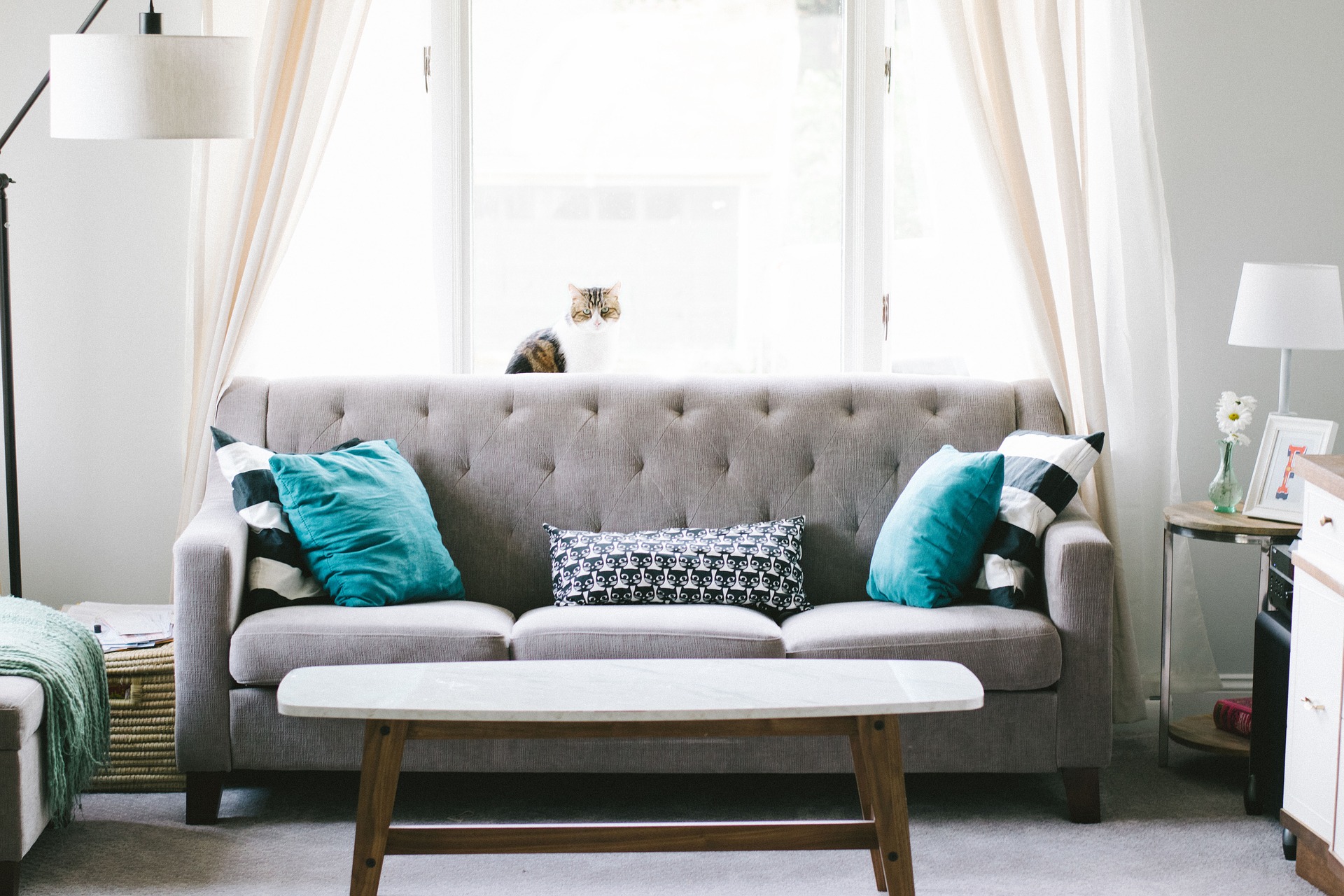
If you have time before an open house, consider having your carpets professionally cleaned. Make sure nothing minor is left undone.
Small mishaps could be a red flag to buyers that the home was not adequately maintained. For instance, replace burnt out light bulbs, lubricate squeaky doors, and trim outside bushes to enhance curb appeal.
16. Rent a storage space for excess belongings.
A good investment to consider during the home staging process is renting a storage unit. That way, you can free up space so buyers will have a better idea of what your home has to offer while also protecting personal items from the prying eyes of potential buyers. Be sure to do your research and pick the right unit size to get the best price on a storage unit.
Also, if you are looking to move quickly, you don’t have to hide moving boxes throughout your home. Once your home sells, you’ll already have the first stage of packing completed.
We hope these home staging tips inspired you to get started! Though some of these home staging tips may seem daunting, they don’t have to be if they are performed well in advance.






